Sri Lankan Food Guide for Vegetarian Travellers
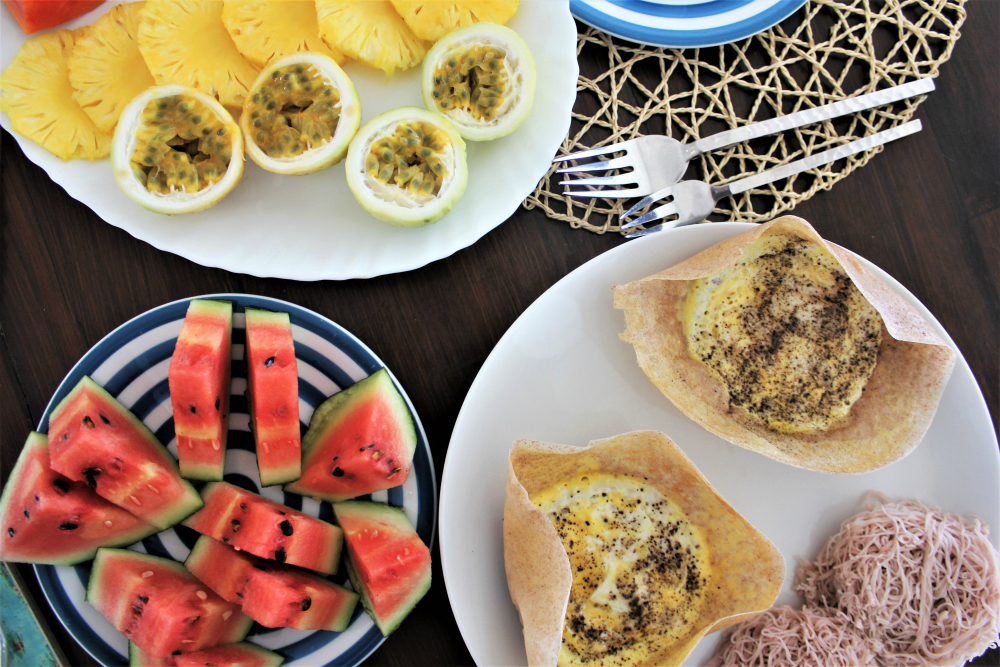
Sri Lankan food includes curry and rice, lentil dhal, roti breads, rice noodles, sweet coconut pancakes — and that’s just for breakfast! A Sri Lankan meal is a lavish experience made up of many dishes. Sri Lankan food caters well for vegetarians and vegans as many of the staple Sri Lankan foods also happen to be vegetarian. You’ll always finish a Sri Lankan meal with a full belly!
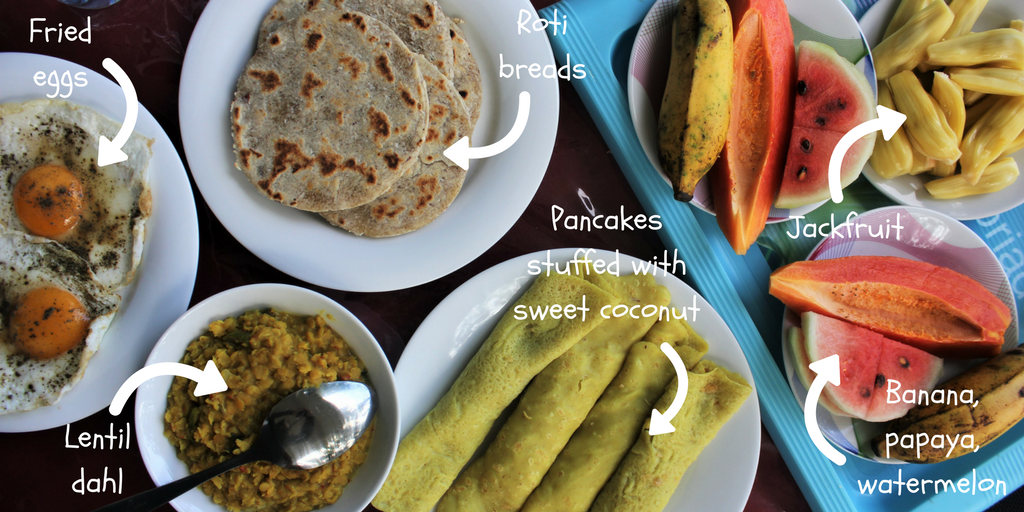
Our Guide to Food in Sri Lanka
Vegetarians won’t go hungry in Sri Lanka! Actually no one will go hungry in Sri Lanka because Sri Lankans serve such generous portions of food. Sri Lanka’s staple foods include rice, roti breads, string hoppers and dhal. These staples are sometimes eaten as a meal in themselves, but more often than not will be served with various vegetable curries. Here’s our guide to the Sri Lankan food we ate across the country:
Sri Lankan Curry and Rice
Vegetarian curries in Sri Lanka can be made from potato, pumpkin, mushroom, banana, young mango, jackfruit or egg. Most curries are cooked in coconut milk and are relatively mild. Sri Lankan curries are usually yellow in colour and cooked with lots of curry leaves. Sri Lankan curries are mostly vegan-friendly, but check that your curry doesn’t contain ghee (purified butter).
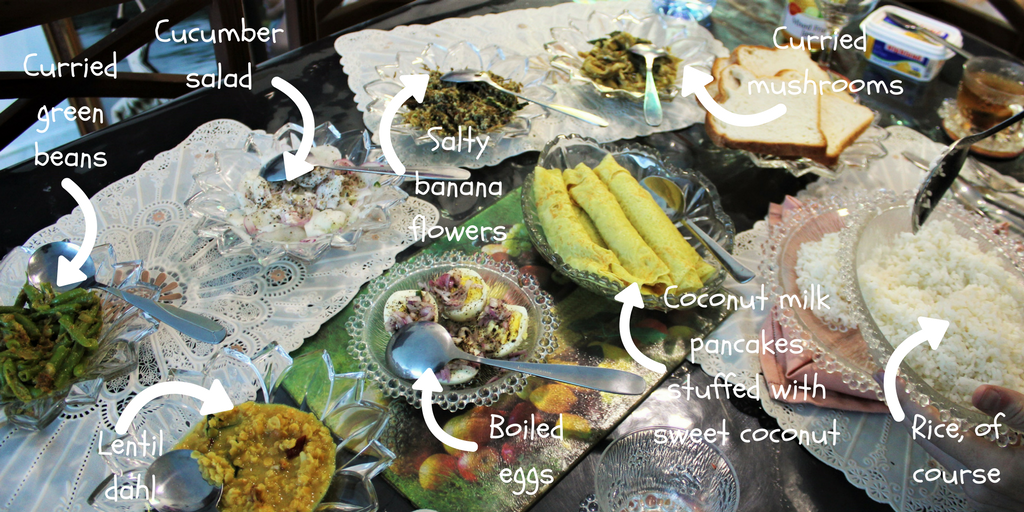
Breakfast spread at Heavenly Homestay in Kandy includes rice and curries.
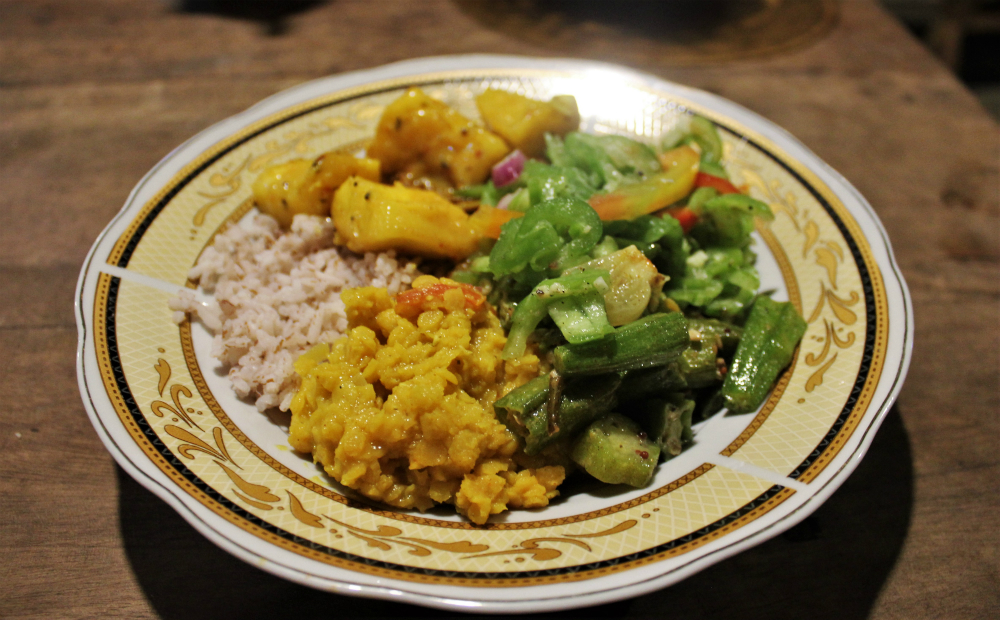
Rice and curry for dinner at Dhana’s Curry Pot in Mirissa.
Dhal
Dhal is a spicy lentil dish that is served with rice, curries, roti bread or string hoppers. Dhal is made from red lentils and green chillies, as well as a blend of other spices. It’s a staple at most Sri Lankan meals and can be served at any time of day.
Roti
In Sri Lanka, “roti” refers to flat bread made of flour, water and salt. Sri Lankans eat with their hands and use their roti to scoop up curry or dhal. Roti breads vary by region and along the coastal areas in the south it’s common for roti breads to be stuffed with delicious fillings. These can be sweet and savoury. Common fillings include vegetables, egg, cheese, banana and nutella. We even found a roti bread stuffed with avocado! Coconut rotis are common too but are smaller, more dense round breads as grated coconut is added to the flour mix. Luke and I joke often about getting a ‘roti belly’ because they’re so filling.

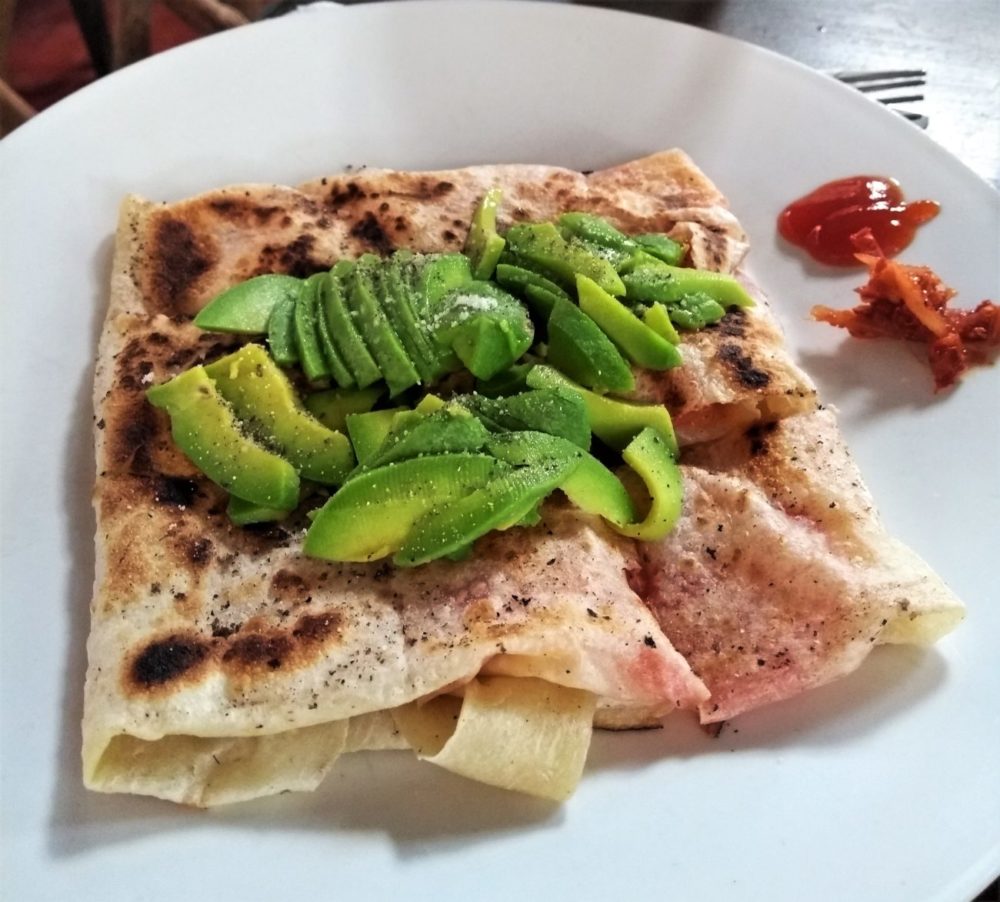
Avocado, cheese and tomato roti at Dewmini’s Roti Shop in Mirissa. Tastes like a hipster pizza!
Paratha
Paratha is roti’s less healthy cousin! This flat bread is cooked in either ghee (purified butter) or coconut oil.
Kottu
Kottu or kottu roti is a Sri Lankan speciality. According to legend, one day a couple of hungry tourists arrived at a restaurant at closing time. The chef apologised to the couple, explaining that he only had yesterday’s roti bread left and a couple of vegetables. The hungry couple were so desperate that they asked the chef to try and make the leftovers into a meal… and so the kottu was born. Kottu is cut up roti bread fried with diced vegetables or chopped meat or fish. The sound of cutting up the roti bread is a loud and unmistakable beat of a large metal knife which you sometimes hear coming from restaurants.

Vegetable kottu at Art Cafe in Ella. Eaten after a big hike!
String Hoppers
The charmingly named “string hoppers” are a Sri Lankan take on rice noodles. String hoppers are steamed nests of rice noodles. Sri Lankans make hoppers from scratch using a fermented rice flour batter. The dough is pressed through a hand press to make the stringy noodle nests. Sri Lanken hoppers can either be served for dinner or breakfast, though we most commonly found them listed as a breakfast item. Savoury string hoppers are served with dhal, while sweet ones are served with palm treacle. We loved having string hoppers and dhal served at breakfast because it was savoury and so healthy!
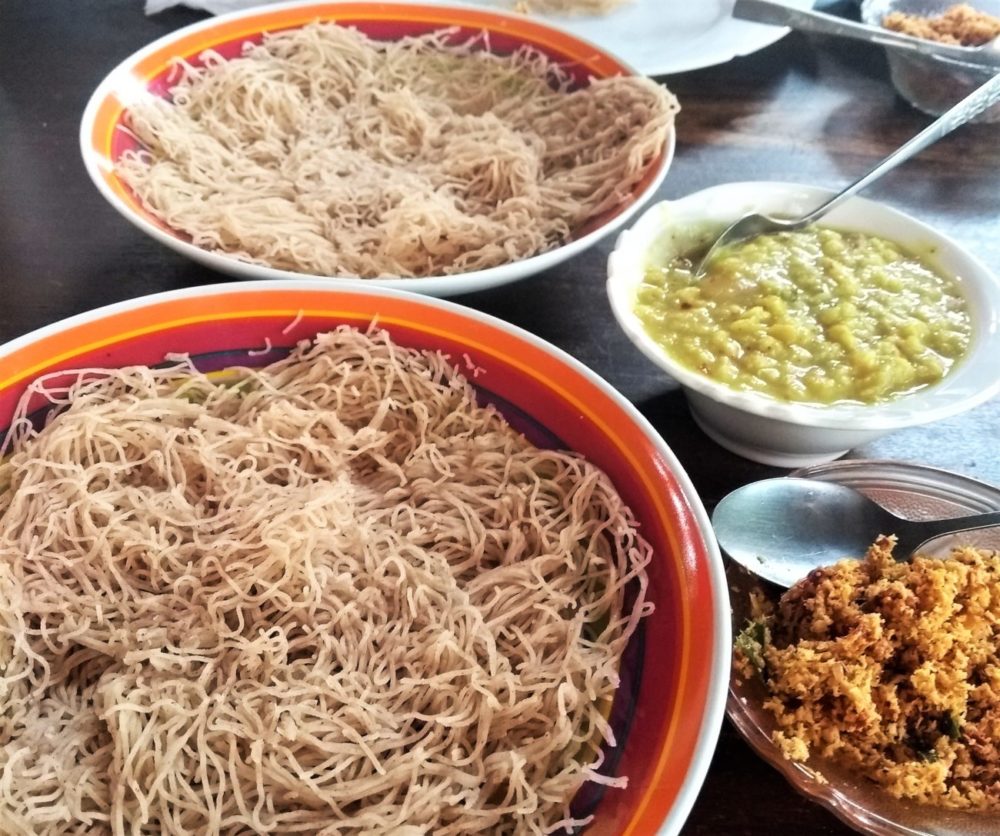
String hoppers, dhal and chilli sambol for breakfast at Dewmini Roti Shop in Mirissa. The first and only time we had ‘brown’ hoppers. Possibly the most delicious meal of hoppers we ate!

String hoppers served with sambol at Rose Dale Homestay in Ella. String hoppers most commonly were white like these ones.
Plain Hopper
Hoppers are made from the same mixture as string hoppers but look and taste quite different. This breakfast or snack food is a crispy pancake. The pancake is made from fermented batter, which is usually made of rice flour and coconut milk. Hoppers are often cooked in a small pan like a wok which gives the hopper distinctive crunchy edges and a softer middle. Many Sri Lankans eat hoppers with curry.
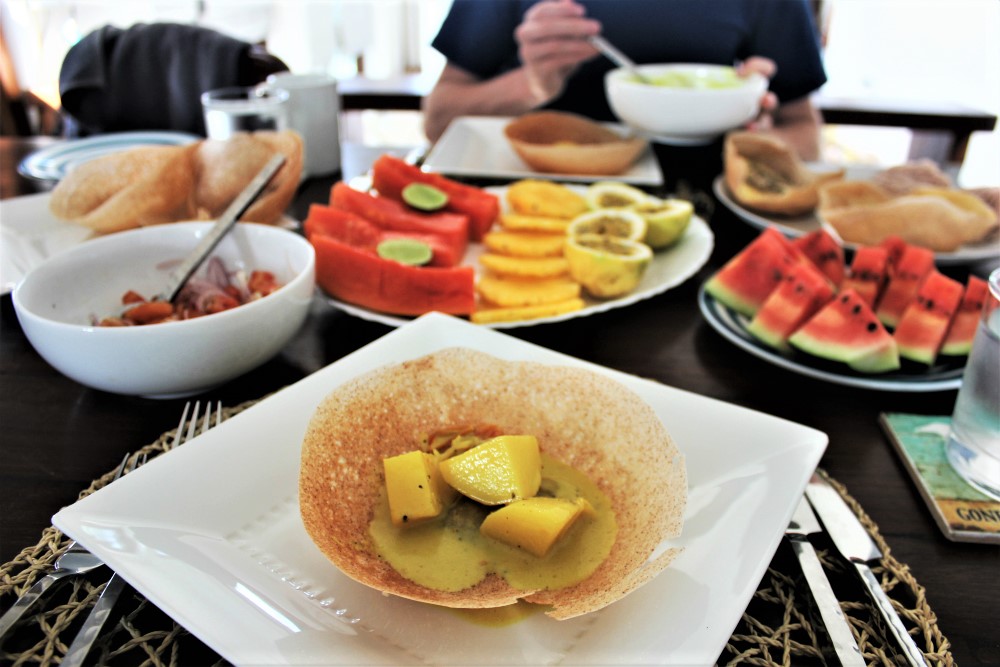
Plain hoppers with curry for breakfast at Skinny Beach House near Unawatuna.
Egg Hopper
The same as hoppers, but with an egg inside the pancake. Egg hoppers are sometimes made in a basket shape with a soft-boiled egg and other times are made like a roll with a omelette style egg inside.
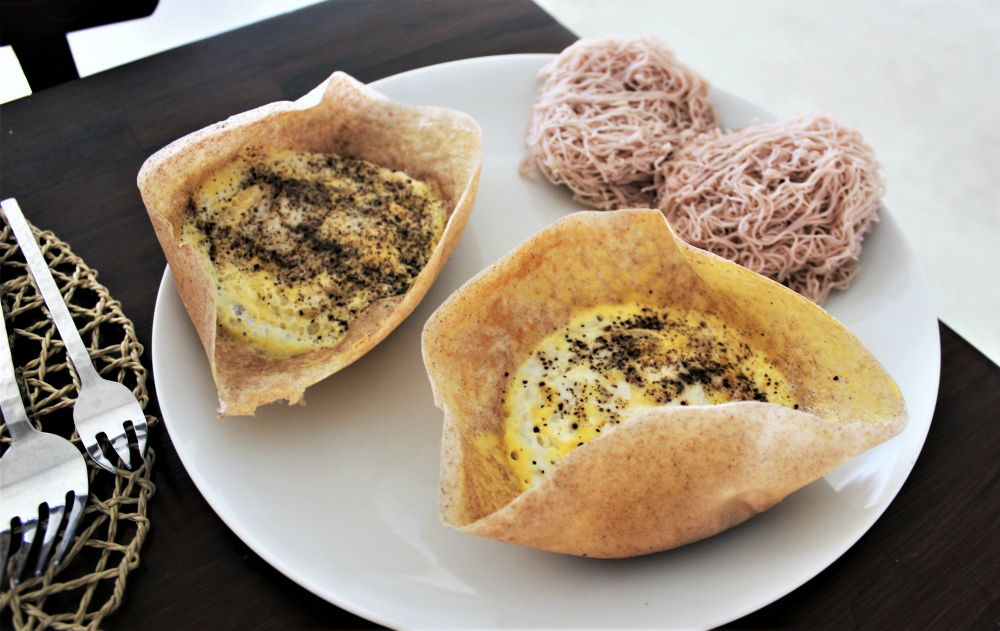
Egg hoppers in front, string hoppers behind for breakfast at Skinny Beach House near Unawatuna.
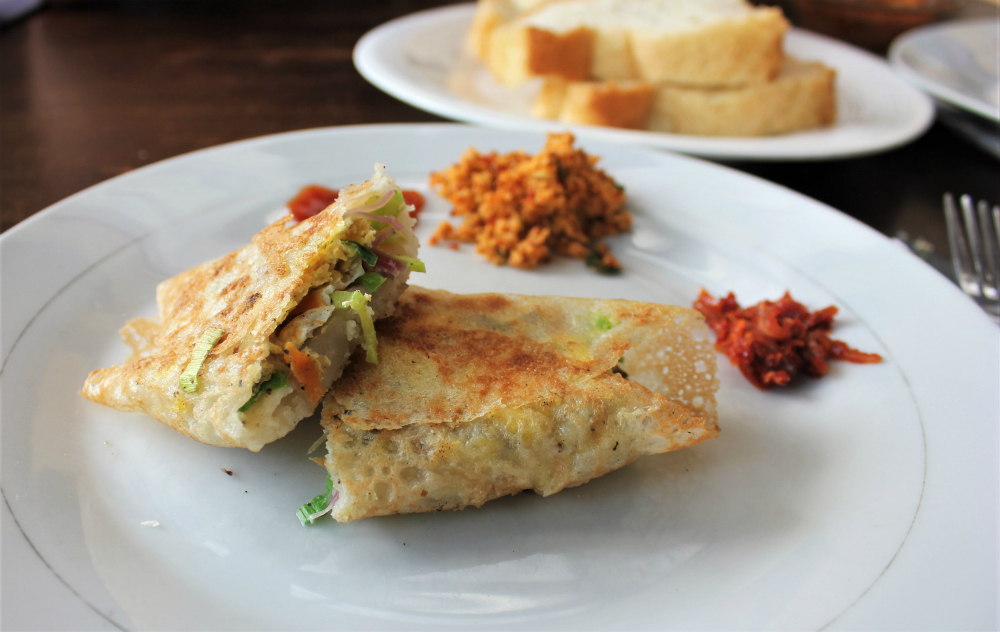
Egg hopper for breakfast at Dewmini’s Roti Shop in Mirissa.
Sambol
Slightly different to the sambal you’ll find in Indonesia, sambol is what happens when you mix grated coconut with chilli. As with dhal, sambol is piled onto roti breads for an extra spicy kick to your food. Sambols come in various different colours and flavours depending on which spices have been mixed in. We also ate sambols made from jackfruit and banana flower.
Gotukola Sambol (Pennywort)
A bright green variant on sambol made by adding crushed gotukola (pennywort) leaves to the mix. Pennywort is a herbal leaf with a unique flavour.
Sri Lankan Desserts
Coconut Pancakes (Pol Pani)
These irresistible coconut pancakes are made from flour and coconut milk, then stuffed with palm treacle. Gorgeous either as a breakfast or a dessert. They’re apparently a favourite of Sri Lankan children — and us too! We didn’t see these listed on restaurant menus very often but we were served them frequently at our homestays.
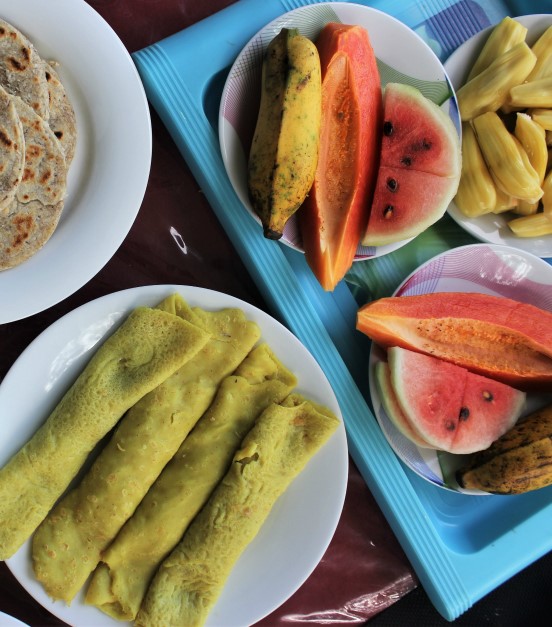
Coconut pancakes stuffed with coconut and treacle for breakfast at Rose Dale Homestay in Ella.
Milk Rice (Kribath)
Milk rice is rice cooked in coconut milk and topped with palm treacle. This sweet dessert is a Sri Lankan speciality that’s served quite frequently. The rice is sometimes shaped into diamonds or balls, but is sometimes also served more like rice pudding.
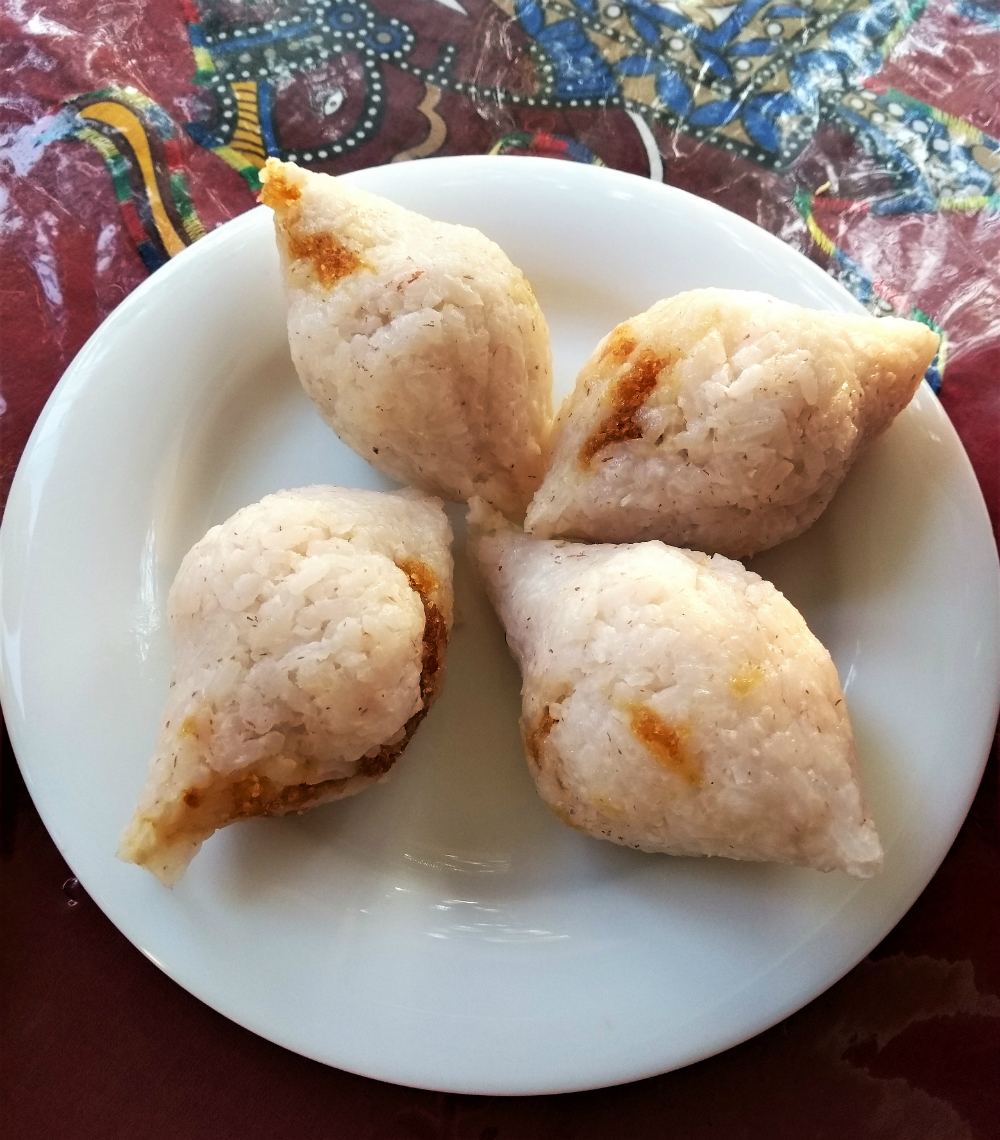
Milk rice balls stuffed with sweet coconut and sugar at Rose Dale Homestay in Ella.
Buffalo Curds
Curds are made from milk, just like yoghurt, except without the bacteria culture that gives yoghurt its distinctive sourness. The result is smooth and sweet. Curds topped with palm treacle make a decadent breakfast or dessert. Just don’t check how the number of calories per serving!

Curd pudding with chopped banana and sweetened coconut in Buono cafe in Kandy.
Weli Thalapa
A Sri Lankan household sweet which is similar to a flapjack. These are served in homestays at tea time. Weli Thalapa are made from rice flour, scraped coconut, coconut treacle and spices. They’re usually suitable for vegans and gluten-free travellers, but check with the cook as ingredients might vary from household to household. When we ate them they were served warm and were ohhh soo good.
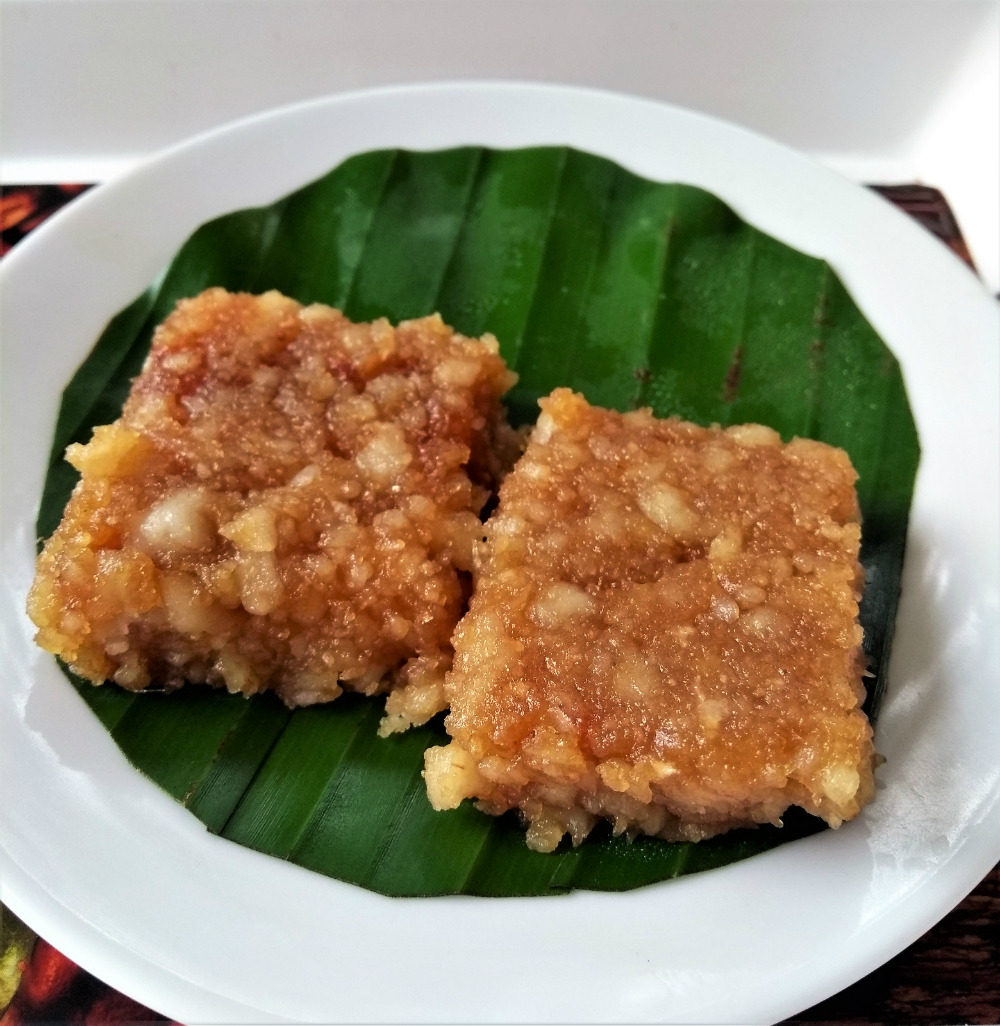
Homemade Weli Thalapa served with tea at Rose Dale Homestay in Ella.
Helapa
Another Sri Lankan sweet treat usually served at tea time (though given to us at breakfast!) This Sri Lankan food is the same mix of grated coconut and palm treacle found inside pancakes and hoppers. Instead, with this Sri Lankan dessert, the coconut and treacle is mixed with rice flour to form a sticky dough and flattened inside a palm leaf. The leaves are then steamed for around half an hour until the dough is firm and the sweet is ready to eat. Simply unfold the palm leaf and devour!
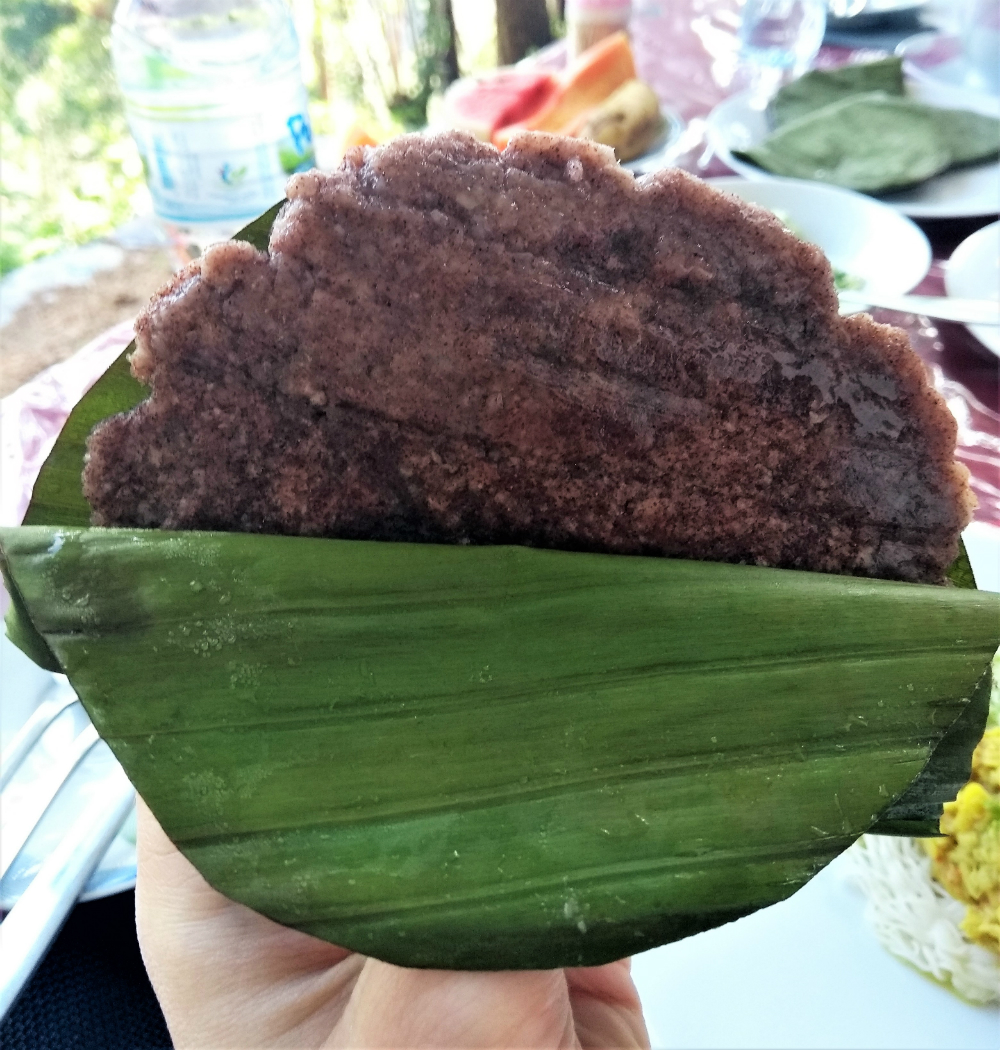
Helapa served at Rose Dale Homestay in Ella.
Fresh Fruits
Fruits commonly found in Sri Lanka are bananas, papaya, pineapple, watermelon and jackfruit.
Drinks in Sri Lanka
Ceylon Tea
Tea is a special drink in Sri Lanka and the rolling tea fields of Ella are a highlight of a trip to this special country. Tea usually means black tea (with or without sugar) and milk tea is often made with milk powder rather than fresh milk.
Young Coconuts
Fresh coconuts are everywhere in Sri Lanka. You can buy them anywhere and locals will chop a hole in the top so that you can drink the coconut water inside. The coconuts in Sri Lanka are particularly sweet compared to other Asian countries.

Lion Beer
The local beer in Sri Lanka is Lion Beer. We didn’t have our first beer in Sri Lanka until two weeks into our travels. Beer is uncommon in Sri Lanka and won’t be found on most restaurant menus. Many Sri Lankans do not drink alcohol for religious reasons.
Vegetarian and Vegan Food in Sri Lanka
Sri Lankan food is a often vegan-friendly. While veganism itself isn’t common in Sri Lanka, the Sri Lankan curries are often vegetable-based and vegan. Sri Lankan curry ingredients are usually vegetables, spices and coconut milk or coconut oil. Breads and pancakes are frequently vegan also as the batter tends to use coconut milk. The only thing to check for is ghee, a purified butter that is sometimes used instead of coconut oil.
Gluten-Free Food in Sri Lanka
Sri Lankan food caters well for gluten-free travellers. You should always check before you order, but hoppers, string hoppers and coconut pancakes are frequently made with rice flour. You may also find roti breads made from rice flour and coconut. Curries with rice and dhal are gluten-free. Less traditional restaurants and homestays may serve sliced white bread at breakfast, so let them know in advance if you are a gluten-free traveller.
Where to Get the Best Sri Lankan Food
We’re going to let you in on a secret — the best Sri Lankan food is found in homestays rather than restaurants. Home cooked Sri Lankan food is fragrant, spicy and filling. We found that all of the best Sri Lankan cooks were the mamas from the homestays we stayed in. Restaurant food was often overpriced and less traditional in style because they were trying to cater for the Western palette. We loved eating at our homestays much more.
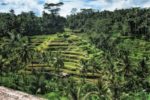




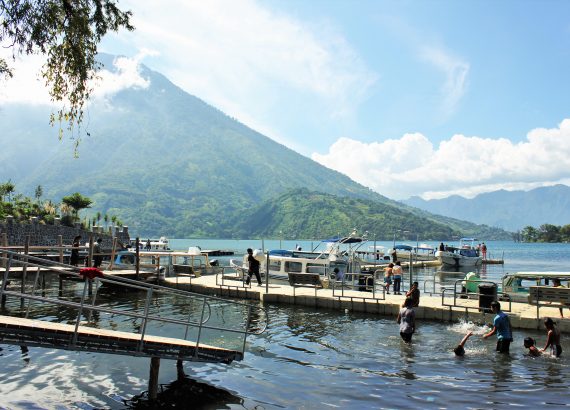

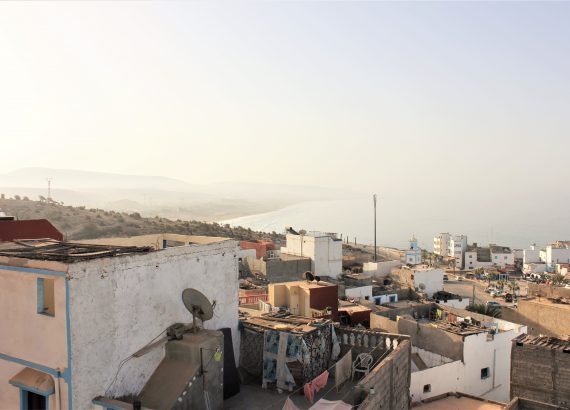
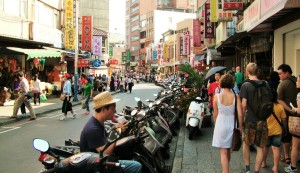
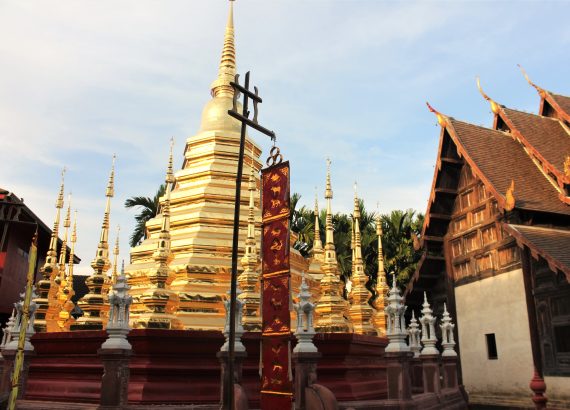

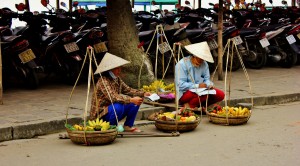


kazim Gurmani
The most of think that Sri Lankans only eat the rice. But wow what a great cuisine they have and eat. So delicious looking dishes they have. I would definitely love to eat.
Charlie Marchant
Oh they eat so much more than rice! They really have an incredibly exciting food scene!
Inga & Dileep
Sri Lankan food is vegetarian friendly but is far from vegan friendly. Almost every curry will contain milk (in addition to coconut milk). Many of the naans and parathas will have butter and the concept of not having milk seems like an absurd idea to locals. When we ask we usually ended up with replies such as “no milk, just a bit of butter and ghee”! It all comes down to the fact that being vegetarian (or pescatarian) is considered to be good and pure (I.e. what the monks eat in Sri Lanka) and being vegan just isn’t something anyone can seem to comprehend outside those whom cater to tourists.
For vegetarians there are lots of options. Also there are lots of ‘Pure Vegetarian’ where no eggs are used. Unfortunately, they compensate by over using butter and ghee. We’ve had to walk out of pure vegetarian restaurants where every dish contained milk in some form or another.
Charlie Marchant
Hi Inga and Dileep, thanks for reading and commenting. We stayed with a lot of local hosts and mostly ate in our homestays. We asked the ingredients of the food often because we’d love to be able to recreate the dishes and were nearly always told that they used coconut milk in the cooking, especially of curries. Cow’s milk wasn’t on the ingredients list of any of the meals we enquired about the ingredients of and I’m not sure how many of the families had milk available. With tea we were usually served it black or with powdered milk, which makes me think cow’s milk is quite uncommon. One of our homestay hosts said that they have such an abundance of coconuts that they nearly always cook with coconut milk and coconut oil. I didn’t ask about the use of butter or ghee though so that could certainly be possible. We also found the cooking in restaurants quite a lot different from the homestay food we ate and I have to be honest that we didn’t enquire about the ingredients. The Sri Lankans we met though loved sharing their recipes, were very proud of their cooking and were happy to adapt if explained (and never had a problem with cooking vegetarian food). Hope you enjoyed your travels in Sri Lanka :)
Ivy K
I can confirm what Inga & Dileep said. If you tell Sri Lankans that you don’t consume milk, they will say the food doesn’t contain milk, same goes for eggs. The reason is…. most people who avoid such things do it because of a religious reason and it’s important in their eyes for things to be “out of sight and out of mind” This is the same logic that’s used by Buddhist Monks that consume beef etc.
Majority of the milk is imported in dry powdered form from New Zealand. And there is heavy investment ensuring that everyone feels that milk is absolutely essential. It’s the one thing that surprise Sri Lankans the most about when I mention what veganism is.
Even coconut powder by Major brands (used in only in cities) contains around 25% milk. The sugar is imported from the cheapest sources where bone char is used (nearly 90% of sugar consumed in Sri Lanka is of this nature while it’s ironic that it exports coconut sugar!)
I’ve been in Sri Lanka for 23 months so far and it’s been paradise as long as I’m completely raw or cooking at home with unprocessed ingredients.
Sri Lanka: Regular vegan’s hell, pescatarian/vegetarian’s home, and raw vegan’s paradise!
Barry
Pescatarian? Don’t be silly, you give the movement a bad name. We know now, eating seafood is wrong. Overfishing and octopus smarter than you, are reasons enough.
Ivy K
It’s petty clear that what they meant was that locals consider being pescatarian to be pure in terms of their religious beliefs.
Vamsi Krishna Karthik Valluri
Hi, we are going to Sri Lanka in coming May. We are vegetarian and don’t take egg or mushrooms as well. We are fine with milk though.do you think we will face any issue,? We are going with 2 kids(8 and 4yeard)
Charlie Marchant
Hi Vamsi – I expect you will mostly be fine. Many of the curries and dahl are vegan, not using egg or mushrooms. Some vegetarian rotis may contain eggs so you may need to check with each place you eat.
Ananya ramamurthy
We are going to sri lanka in a week. 1 kid(10) and 2 adults. We just want to thank you as you have really prepared us with your blog and helped a lot. keep blogging and helping many more people.
ps= We are Indians and we are really happy the way you described our roti and dhal.